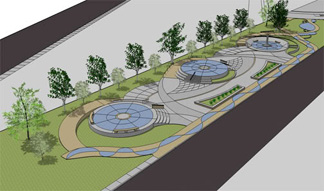NBC Los Angeles: Shunned Clippers-owner Donald Sterling made an appearance last weekend at a South L.A. church with a predominantly Black population, telling NBC, “I’m here to support this wonderful group.”
LA Times: South L.A. councilman Bernard Parks praises Magic Johnson’s investments in the neighborhood in wake of Donald Sterlings harsh words against the basketball legend.
See also on Intersections: Bernard Parks reflects on 50 years of public service
Streetsblog LA: Why is South L.A.’s Harvard Park often “awfully empty?” Sahra Sulaiman says the lack of sidewalks around the park prevents accessibility.
Streetsblog LA: Check out the new bike lanes on Grand Ave. south of Downtown.









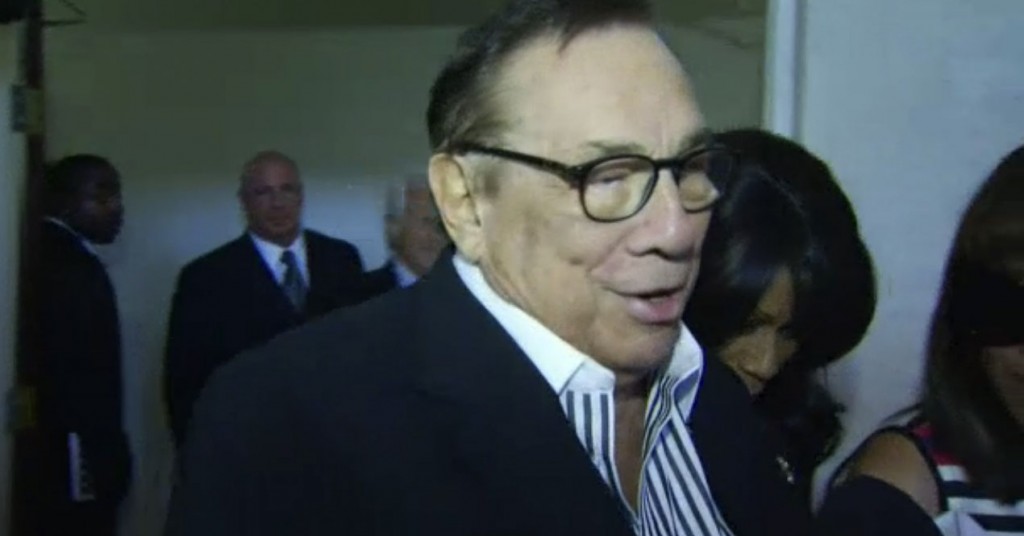
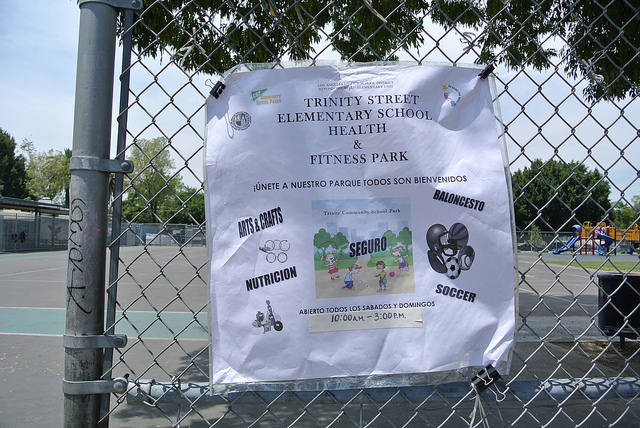
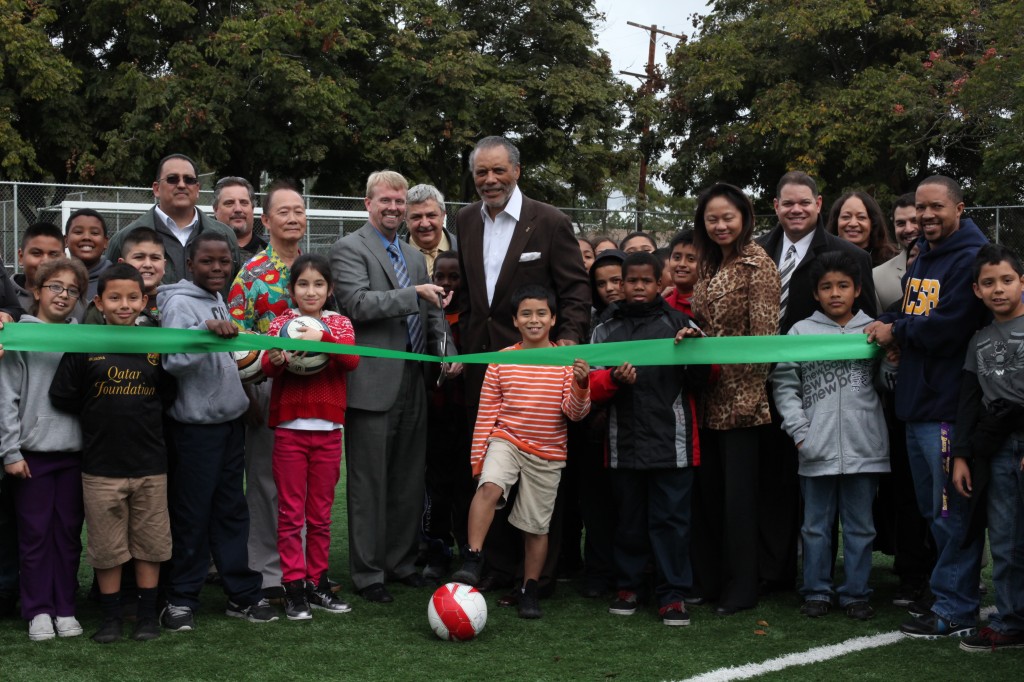
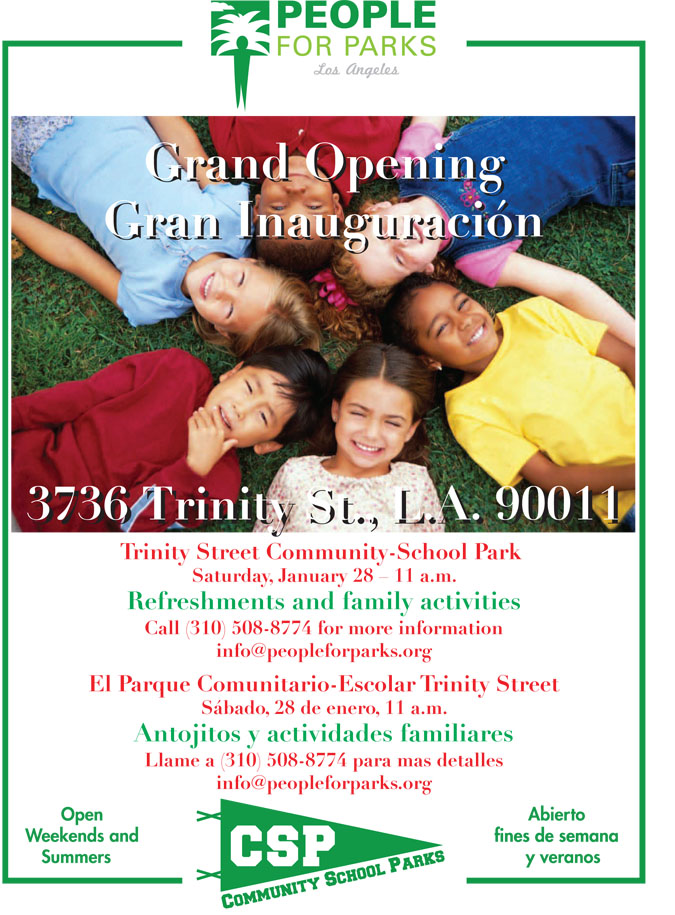
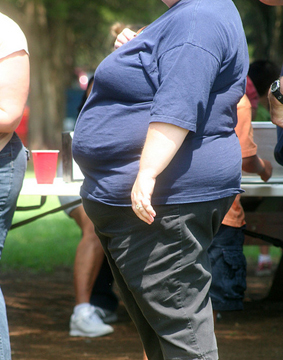 By Eddie North-Hager
By Eddie North-Hager By Eddie North-Hager
By Eddie North-Hager